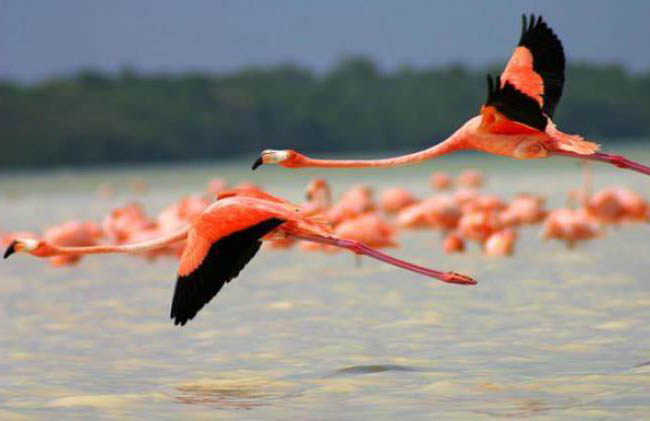Cuba currently safeguards eight Ramsar Sites—internationally recognized wetlands of ecological importance, particularly for waterbird habitats. These include:
-
Zapata Swamp (Matanzas)
-
Cauto Delta Wetland (Granma)
-
Great Northern Wetland (Ciego de Ávila)
-
Máximo-Camagüey River Wetland (Camagüey)
-
Lanier Swamp and Southern Isle of Youth
Two additional sites—Guanahacabibes Wetland and Southern Palacios Wetland (both in Pinar del Río)—are under consideration for Ramsar designation, which would expand Cuba’s network of globally significant ecosystems.
Ramsar Convention: A Commitment to Wetland Preservation
Adopted in Ramsar, Iran (1971) and enacted in 1975, the Ramsar Convention is the only modern environmental agreement focused on a specific ecosystem. Cuba became a signatory in 2001, aligning with its constitutional mandate for environmental protection.
Initially centered on waterbird habitats, the convention now emphasizes:
✔ Biodiversity conservation and sustainable resource use
✔ Hydrological cycle regulation and aquifer recharge
✔ Climate stabilization, fisheries, and water supply
✔ Cultural heritage preservation and traditional practices
Cuba’s Active Role in Global Wetland Governance
A Cuban delegation, led by Dr. Adianez Taboada Zamora (CITMA Vice Minister), is participating in the 15th Ramsar COP15 in Zimbabwe (August 2024). Under the theme «Protecting Wetlands for Our Shared Future,» discussions focus on:
-
Aquatic ecosystem restoration
-
Strengthening environmental governance
-
Youth engagement in wetland conservation
Cuba’s efforts reflect its commitment to ecological resilience and international cooperation in safeguarding vital habitats.




